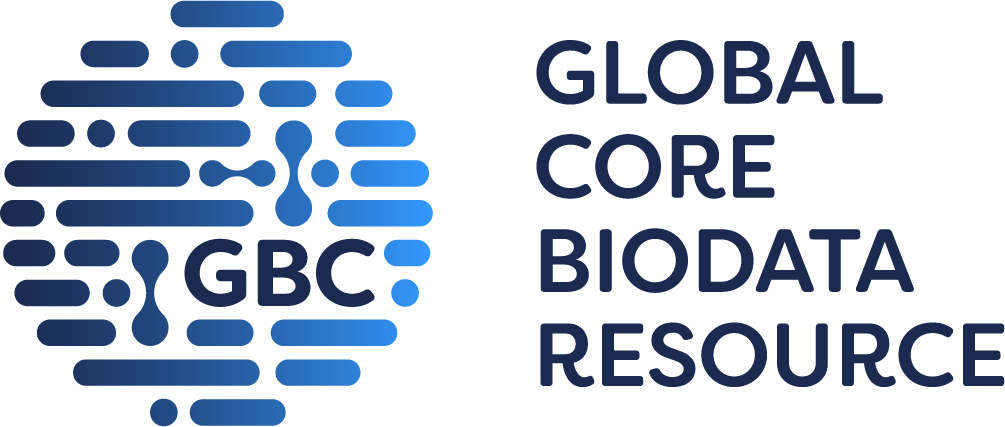
GtoPdb is requesting financial support from commercial users. Please see our sustainability page for more information.
Spinocerebellar ataxia 6; SCA6

GtoPdb Disease Summaries
This section gives an overview of the disease, and where available shows the following:
- Synonyms: Shows known synonyms for the disease.
- Description: Gives a basic description/definition of the disease.
- Database Link: External links to the same disease at the Disease Ontology, OMIM or Orphanet sites.
- Immunopharmacology comments: General comments about the target's role in immunopharmacology, provided by GtoImmuPdb curators.
- Associated with: Counts are displayed for the total targets the disease is associated with in GtoPdb. The counts of targets and ligands of immunological relevance associated to the disease are also shown.
More information can be found in the help pages.
✖| Disease ID: | 882 | |
| Name: | Spinocerebellar ataxia 6; SCA6 | |
| Associated with: | 1 target | |
| Synonyms |
| Spinocerebellar ataxia |
| Database Links |
|
Disease Ontology:
DOID:1441 OMIM: 183086 Orphanet: ORPHA98758 |
Targets

GtoPdb Disease Summaries - Targets
Click on the target name to link to its detailed view page
Where available, information is display on the role of the target in the disease; drugs which target the disease and their therapeutic use and side-effects.
If there is mutation data curated in GtoPdb this is indicated, with a link back to the appropriate section on the target detailed view page
Immuno ligand interactions - If available, a table of immuno-relevant ligands is shown. These ligands have been curated as having an association to the disease and possess interaction data with the target in GtoPdb. The approval status of the ligand is shown, along with curator comments and an indication of whether the target is considered the primary target of the ligand.
More information can be found in the help pages.
✖| Cav2.1 | |
| Comments: | SCA6 is a member in the group of neurodegenerative disorders containing expanded CAG (polyglutamine) repeats. Unaffected individuals have CAG repeats numbering between 4 and 16 in the CACNA1A gene, while SCA6 patients have expansions of greater than 21 repeats. The length of the expansion appears to be correlated with age of onset (greater CAG expansion is associated with earlier age of onset) and is associated with severe cerebellar Purkinje cell loss, moderate granule cell and dentate nucleus neuronal loss and mild neuronal loss in the inferior olive. In heterogenous expression systems biophysical analyses of polyglutamine expansions on Cav2.1 properties show a range of effects on voltage- and time-dependant properties with a strong dependence on both auxiliary subunit and Cav2.1 subunit splice variant composition when expressed in heterologous systems. The neuronal loss observed in SCA6 brains may be due to a combination of altered channel properties resulting in abnormal intracellular calcium concentrations and perinuclear and/or nuclear channel protein aggregates resulting in cell death. |
| References: | 1 |
| Mutations: | Cav2.1 is associated with 1 mutation. Click here for details  |
Ligands

GtoPdb Disease Summaries - Ligands
Click ligand name to view ligand summary page
- Approved: If the ligand is an approved drug this is indicated, along with approval bodies.
- Immuno: Immuno icon indicates the ligand is immuno-relevant
Click the arrow in the final column to expand comments
- Immuno Disease Comments: Curatorial comments specifically added as part of GtoImmuPdb. They give more information on the association between the ligand and disease in the context of immunopharmacology.
- Clinical Use: General clinical comments relating to the ligand and may not necessarily be specific to the disease in question. With hyperlink to more details on the ligand summary pages.
- Bioactivty Comments: Curatorial comments specifically about the compounds biological activity - with hyperlink to more details on the ligand summary pages.
More information can be found in the help pages.
✖No ligand related data available for Spinocerebellar ataxia 6; SCA6
References
1. Adams PJ, Snutch TP. (2007) Calcium channelopathies: voltage-gated calcium channels. Subcell Biochem, 45: 215-51. [PMID:18193639]
2. Ishikawa K, Fujigasaki H, Saegusa H, Ohwada K, Fujita T, Iwamoto H, Komatsuzaki Y, Toru S, Toriyama H, Watanabe M et al.. (1999) Abundant expression and cytoplasmic aggregations of [alpha]1A voltage-dependent calcium channel protein associated with neurodegeneration in spinocerebellar ataxia type 6. Hum Mol Genet, 8 (7): 1185-93. [PMID:10369863]
3. Kordasiewicz HB, Thompson RM, Clark HB, Gomez CM. (2006) C-termini of P/Q-type Ca2+ channel alpha1A subunits translocate to nuclei and promote polyglutamine-mediated toxicity. Hum Mol Genet, 15 (10): 1587-99. [PMID:16595610]
4. Matsuyama Z, Wakamori M, Mori Y, Kawakami H, Nakamura S, Imoto K. (1999) Direct alteration of the P/Q-type Ca2+ channel property by polyglutamine expansion in spinocerebellar ataxia 6. J Neurosci, 19 (12): RC14. [PMID:10366652]
5. Restituito S, Thompson RM, Eliet J, Raike RS, Riedl M, Charnet P, Gomez CM. (2000) The polyglutamine expansion in spinocerebellar ataxia type 6 causes a beta subunit-specific enhanced activation of P/Q-type calcium channels in Xenopus oocytes. J Neurosci, 20 (17): 6394-403. [PMID:10964945]
6. Toru S, Murakoshi T, Ishikawa K, Saegusa H, Fujigasaki H, Uchihara T, Nagayama S, Osanai M, Mizusawa H, Tanabe T. (2000) Spinocerebellar ataxia type 6 mutation alters P-type calcium channel function. J Biol Chem, 275 (15): 10893-8. [PMID:10753886]






